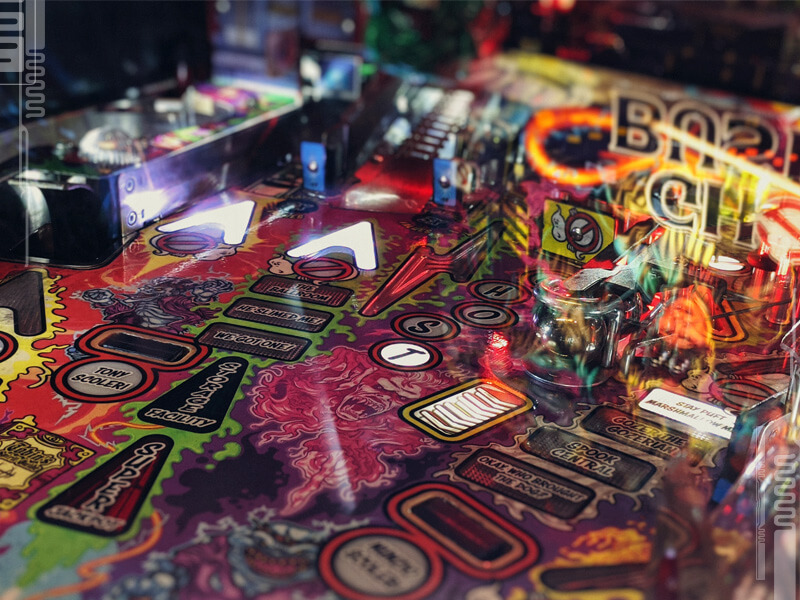WHY SHOULD WE FOCUS ABOUT THE USE OF RFID WITH METALS?
As we already know RFID systems use radio waves to exchange information between an RFID transponder/tag and a reader, which despite its name, it’s not only able to “read” but in most cases, also to write and update information in the tag memory.
Radio waves propagate from their source and reach the receiver, but there are some materials that can cause interference, that can absorb or block the electromagnetic propagation.
When designing or operating an RFID system, it is important to know that the material of the object to which the tag is attached may change the property of the tag itself, the level and quality of the received signal, that reflection, refraction and diffraction of the original signal can occur and keep all this in mind.
Common shielding materials are metals such as iron, steel, aluminum, copper, gold, nickel, and all electrically conductive materials including carbon, but there are a lot of environments where RFID and metals have always been coexisting: just think about warehouses where RFID is widely and profitably used.
WHAT ARE THE MAIN ISSUES OF USING RFID ON METALS?
First, metal detunes tag antennas and makes it difficult to read tags; so, when tagging anything made of metal, you should apply some tricks such as the use of special RFID tags designed to work on it.
Then radio waves bounce off metal, so in a metal-rich environment, the waves will bounce around and sometimes you might read tags you don’t want to; these issues can be solved with a good system design.
In many use cases, there’s the need to add a tag to a product when it is being made, for traceability reasons, but with a high amount of heat, for instance in steel industry where the final product comes out at a high temperature, this operation can be hard; in such situations you might need to use a tag that can withstand the high heat.
In summary, thanks to the field analysis, the choice of the most suitable tags and the design of the best reading points, even in these hard conditions it is possible to get a very efficient RFID system.
HOW TO IMPLEMENT A RFID SYSTEM IN METAL-RICH ENVIRONMENTS?
The first step is to use special, designed-for-purpose, tags: there’s a wide range of available RFID “on-metal” tags, both as adhesive labels or with plastic housing, that can solve the problems of this context by having a spacer that keeps the antenna off the metal.
Some tags can also be affixed to metal surfaces with screws, pop rivets, and industrial adhesives; some can be embedded within metal objects before and after the point of manufacture but in this case the reading distance is significantly reduced.
Metal-mount tags can be both “balanced” or “optimized” for metal where this second option means you get even better performance by applying the tag on a metal surface than on standard one.
Manufacturers provide a wide range of options so probably you’ll need expert advice and guidance throughout the implementation.
WHAT ABOUT THE SYSTEM DESIGN?
The second step is to properly design the system: considering antennas shape and dimensions, the thickness of the tag itself, the features of the objects that you need to track and trace, their materials, the reading points or tools, the reading needs, and environmental aspects.
Depending on all these elements and the project goals, again the support and advice of an expert system integrator can be decisive in getting results and facing the challenges.
MAIN USE CASES OF USING METAL MOUNT RFID
The employment of metal mount RFID tags varies greatly across different industries, and main applications include:
- Logistic usage
- Tool tracking and asset management of medical devices for healthcare or laptops & servers in IT
- Industrial manufacturing traceability
- Vehicle tracking identification
- Tracking and inventory in construction sites or harbors
- Waste management
EAGER TO KNOW MORE ABOUT RFID APPLICATIONS?
Please stay tuned on inventag.it and our LinkedIn page.
For any further information our Inventag Team is glad to help:
write us at info@inventag.it
If you prefer to receive a monthly mail with our most recent RFID pills, just fill the form here below.





